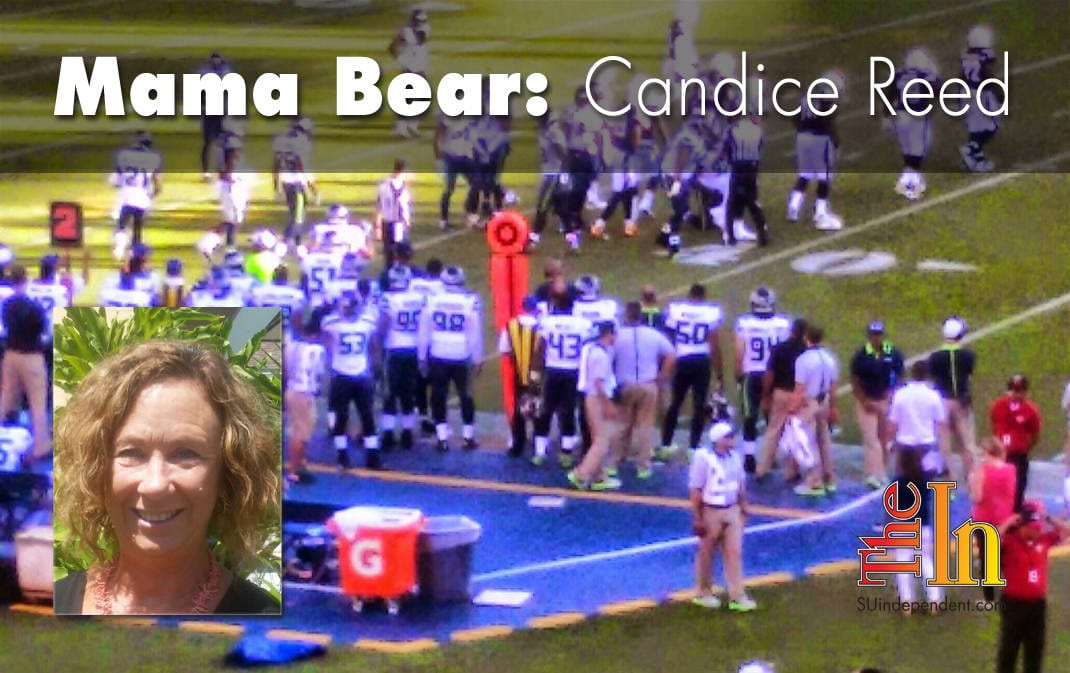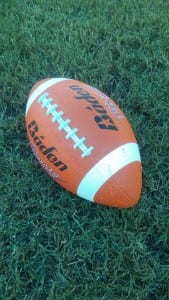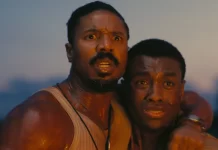
Football season has begun for kids ages 10 to 18 in St. George and throughout southern Utah. But I, for one, won’t be on the sidelines cheering.
According to the Safe Kids Worldwide study, 1.24 million youngsters were seen in an emergency room for sports injuries in 2013. That’s 3,397 every day, 141 every hour, and 1 every 25 seconds.
And it’s not just the children.
Last week, I visited my my brother-in-law at his home. I walked in, and he was staring at the television as the Broncos scored a touchdown in a preseason game. My husband, Ralph, sat down and cheered loudly and then glanced at his brother, who continued to stare slack-jawed at the screen.
Ralph asked Frank, “How about that?”
Frank slowly turned his head toward his younger brother. “Yep,” he said, slurring his words, a crooked smile finally appearing on his face. “How about that?”
That wasn’t the reaction that I expected.
I hadn’t seen Frank much in the past year, but I knew that he had been going downhill fast, losing his memory, his speech slowing, and his eyes glazing over. He is 71 years old, but two years ago, he was a hulk of a man. In his younger years, he was a former Parade All-American football player for the University of Arizona, Tucson. He played Pop Warner and was an outstanding athlete in high school. He was a a tackle on both the offense and the defense.
Unfortunately, Frank broke his leg during his freshman year of college and went home to begin a career as a machinist to support his wife and newborn son. But make no mistake, Frank was a contender.
Now, when you speak to him, he looks right through you. He falls more than a few times in a 24-hour span onto the garage floor, the kitchen, and into his rose bushes. There are holes in his walls where his head has landed before he hits the floor. He has broken his ribs and his nose. His wife Ruth said that he is disappearing before her eyes.

Last year, Frank was diagnosed with chronic traumatic encephalopathy, or CTE, partially due to playing football from Pop Warner on through college.
This begs the question: Why play such a dangerous game?
As concerned parents, it’s our responsibility to protect our children. If we think there is too much sugar in their cereal, we switch to a healthier brand. We limit soda and heap the organic vegetables onto their plates. So why don’t some parents listen to the experts about the long-term effects of potential concussions and head injuries associated with contact sports like football and soccer? No brain injury is a minor injury. Sending our children on the football field is, at best, incredibly dangerous.
Not everyone is convinced that contact sports are risky, even though the NFL stated last year in federal court documents that it expects nearly a third of retired players to develop long-term cognitive problems and that the conditions are likely to emerge at “notably younger ages” than in the general population.
These are professional players who look to the NFL to take care of them when they start to fall or become depressed, unable to work or even dress themselves through insurance plans.
Who will your child look to for help when he or she is 50 and falling down the stairs?
There’s evidence that later-life dementia after concussions or repetitive head impacts is real, but if you don’t believe it and think your kid is going to become the next Joe Montana, making it worth the risk to you, I feel sorry for your child.
A decade ago, I was a reporter in San Diego and had the pleasure to interview Junior Seau multiple times, mostly about the good work he was doing for the local Boys & Girls Clubs. He was always happy and outgoing, always smiling and laughing with the children and the reporters.
One day, I was in Palm Springs and ran into him at the hotel pool. He greeted me warmly, but the laughter wasn’t there. We talked for a bit, and then he asked me to watch his things, including his wallet. He wanted to get away and smoke a cigar. I said “Sure,” and he walked toward a big lawn and sat down, looking out onto the horizon. Three hours later, he was still sitting there. Not moving. Not smoking. Just staring.
I took his personal items to the front desk and left him a note. A year later, he committed suicide by shooting himself in the chest.
The National Institutes of Health reported that the examination of Seau’s brain showed he had CTE, most likely resulting in his depression and suicide.
His family has filed a wrongful death suit against the NFL and claims that it failed to protect Seau from the dangers of blows to the head and their long-term effects.
I get it: football and other sports help kids stay in shape. Childhood obesity remains one of the biggest problems facing the country, with more than one-third of kids overweight or obese, according to the Centers for Disease Control and Prevention.
But there are safer sports and other things you can do with your kids for exercise. Running, walking, swimming, or anything where they don’t take a smack to the head would be good.
I also understand the important life lessons learned by playing a sport. The jury is still out on that one for me. I never played a sport, and I seem to get along with others and be part of a team when called upon. I cannot, however, catch a football. I’m good with that.
My son never played football (although he did get a partial scholarship to a large university because of his grades), but my husband played Pop Warner and was the captain of the offense in high school, and I worry about it. He worries about it as well.
I’m not trying to be a poor sport about kids playing football, but I don’t think the risks are worth the reward. I understand that you can’t protect them forever, but you can protect them from obesity, bullies, and long-lasting injuries while playing a game of football.
Because in the end, it’s only a game. A very dangerous game.



